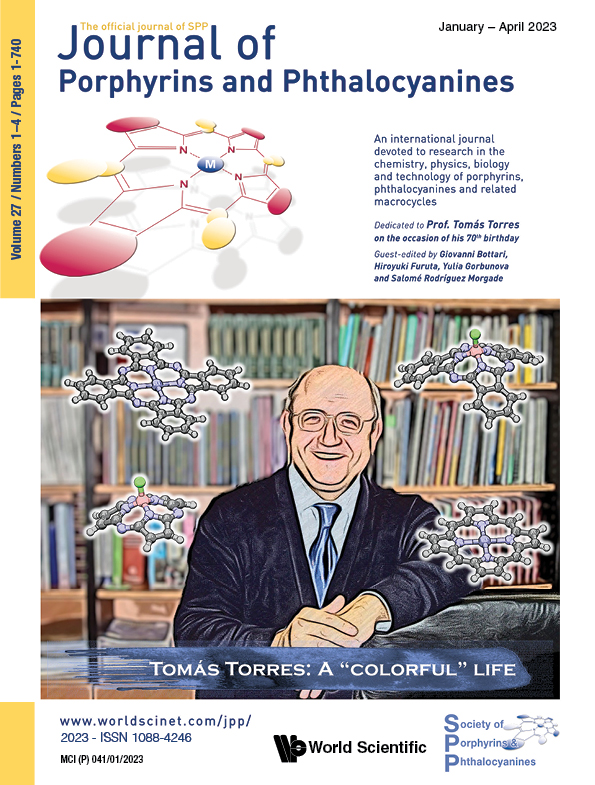The Skeleton Counts! A study of the porphyrinoid structure’s influence on sensing properties
Abstract
A series of porphyrinoids has been tested as sensing layers for the development of nanogravimetric chemical sensors using quartz crystal microbalances (QMB) as transducers. The macrocycles have been studied as Ni complexes, Cu in the case of corrole, to elucidate the influence of the molecular skeleton on the sensing properties of the related sensors. For the first time, subphthalocyanines have been tested in sensor applications. The study has been carried out by testing different volatile organic compounds chosen as model analytes. The results obtained demonstrate that the exploitation of different porphyrinoids offers useful insights for the development of cross-sensitive sensor arrays and can open novel perspectives for their applications in the sensor field.

Dedicated to Prof. Tomás Torres on the occasion of his 70th birthday
Handbook of Porphyrin Science now available in 46 volumes


